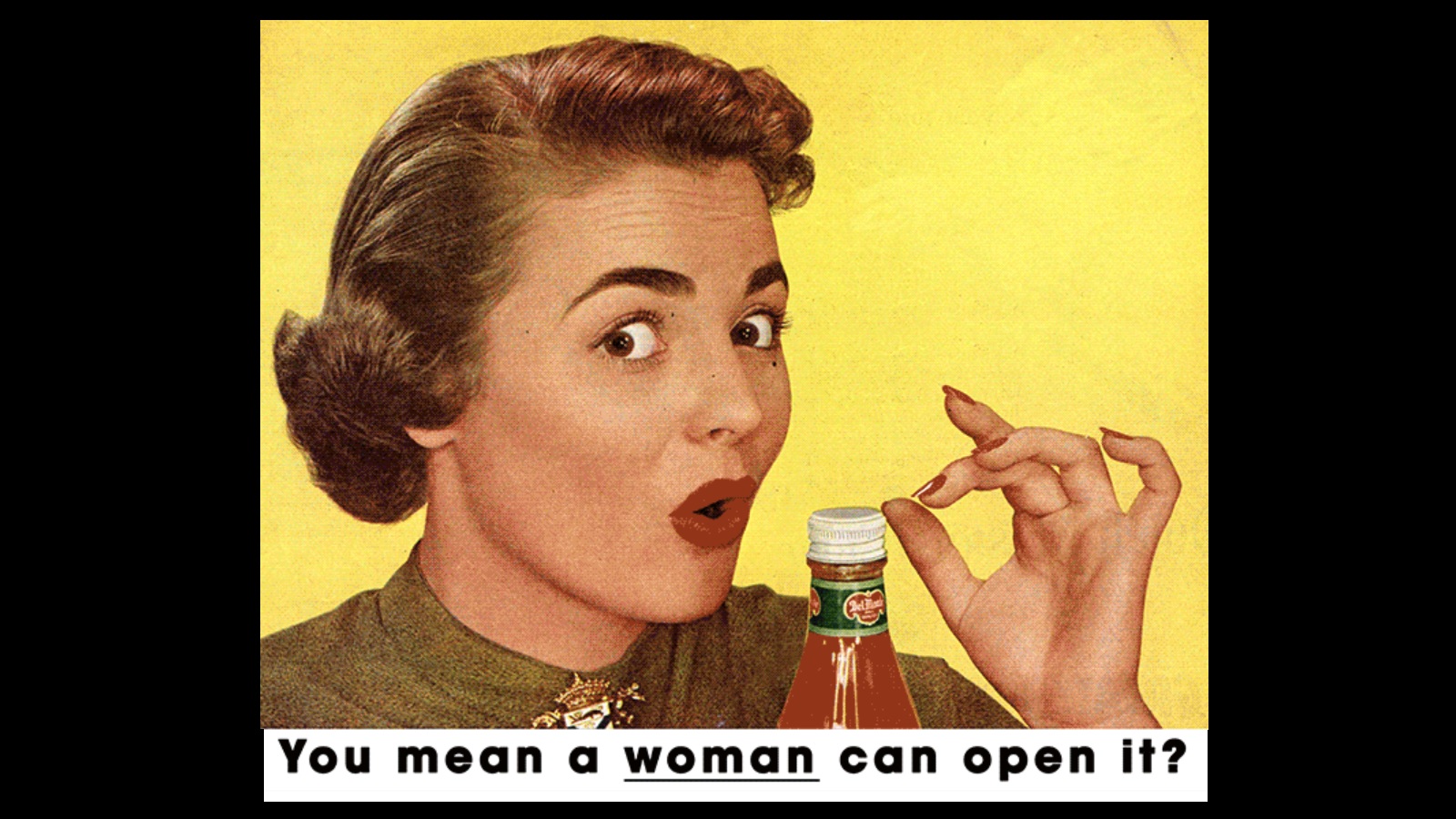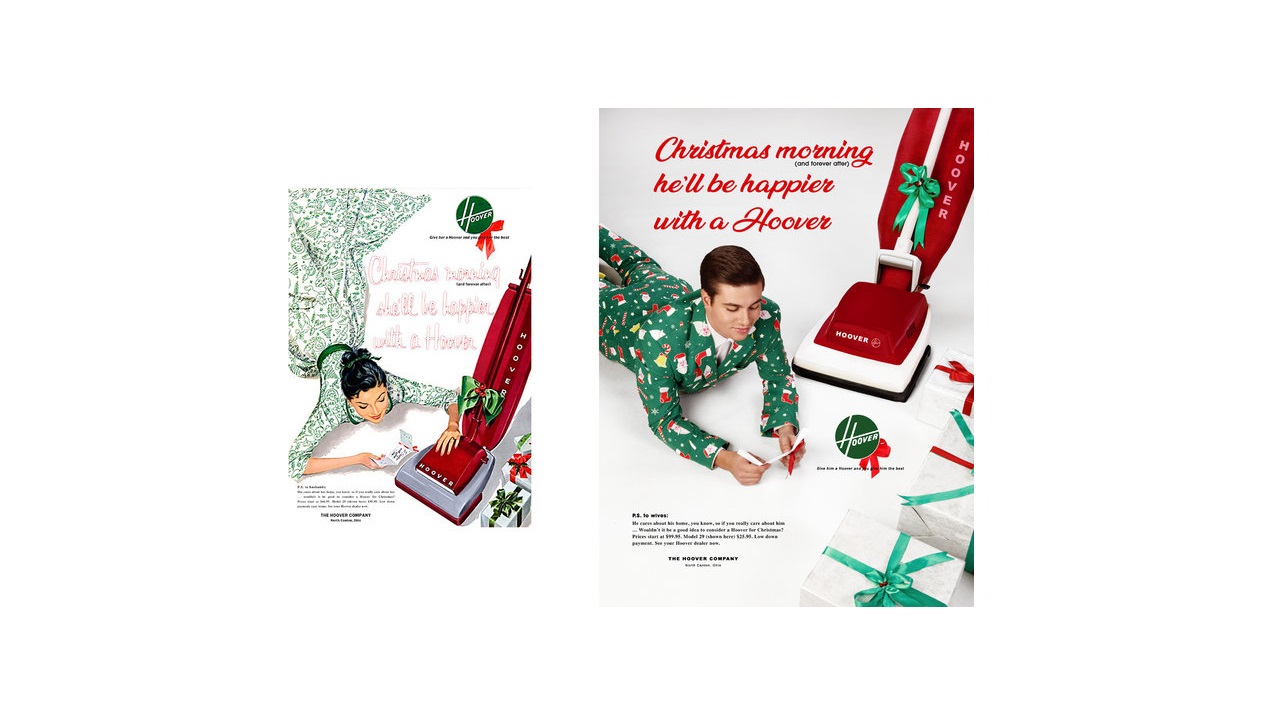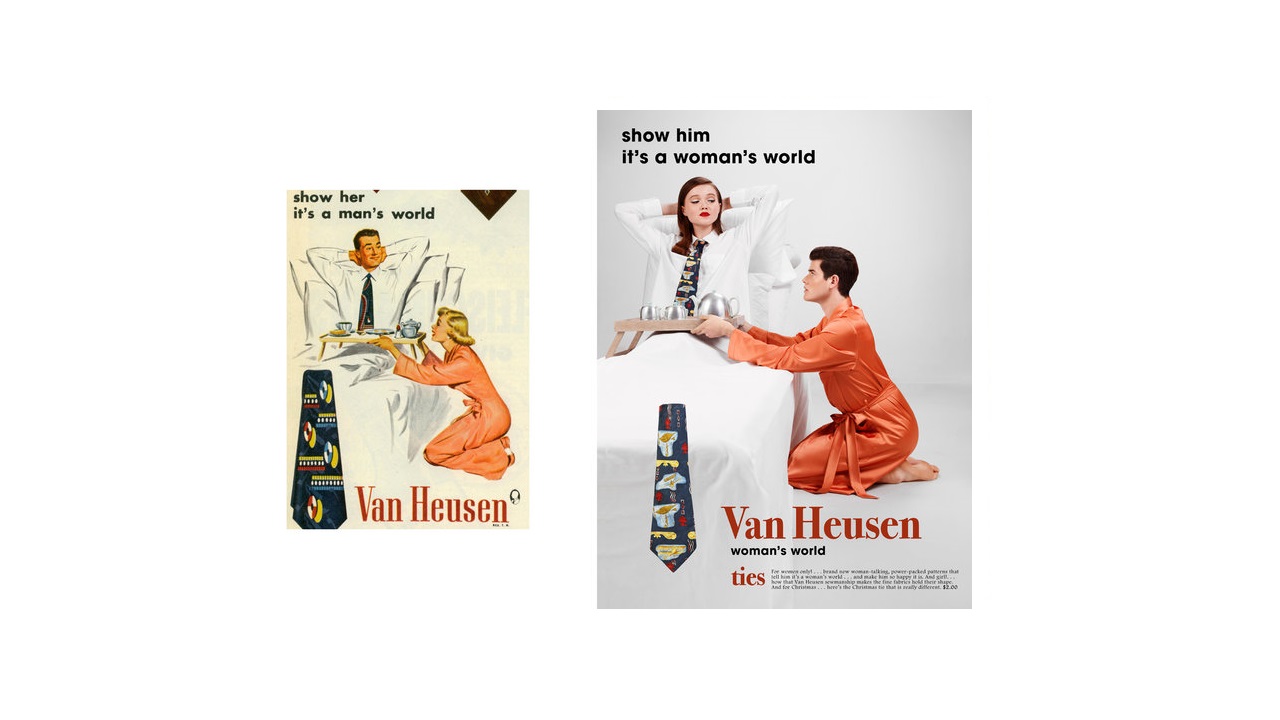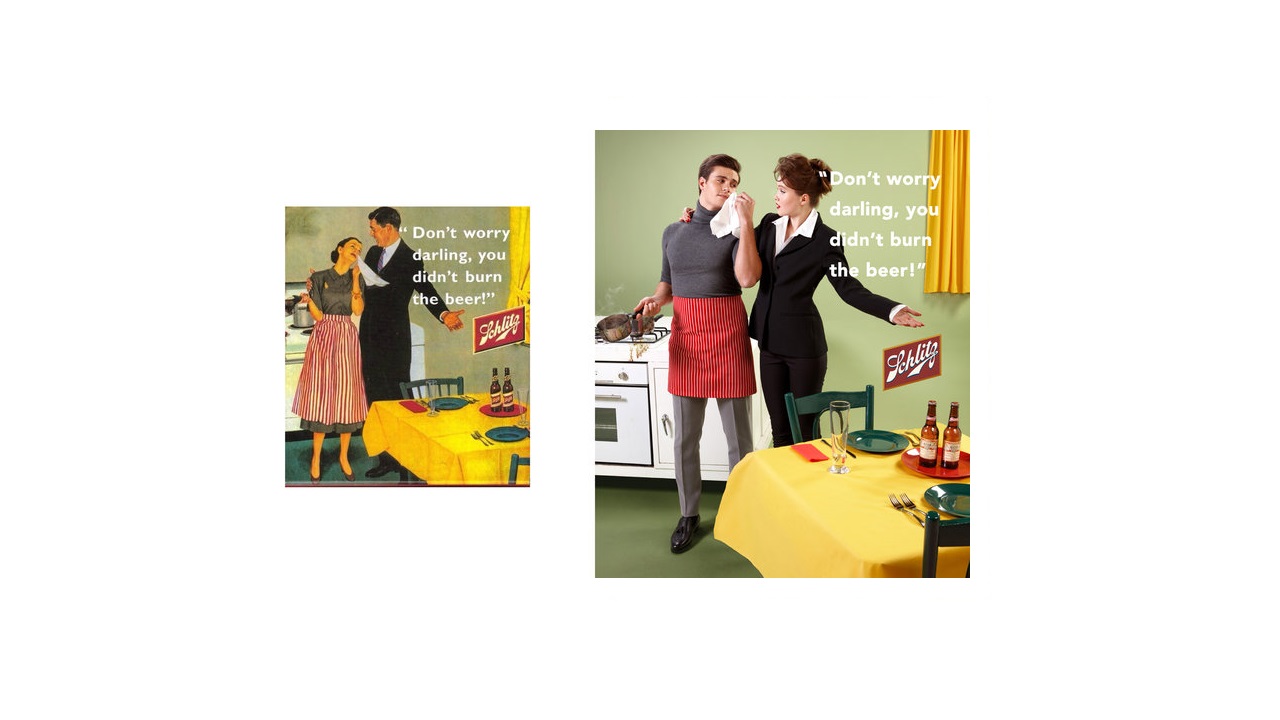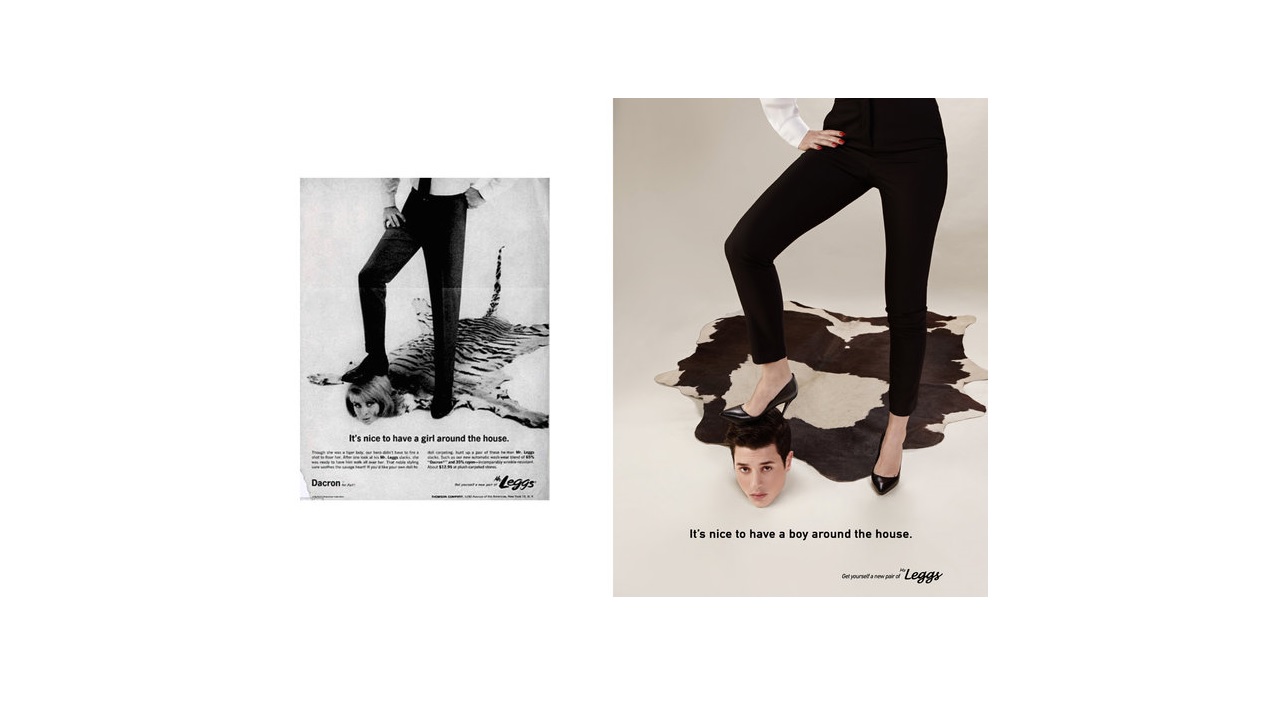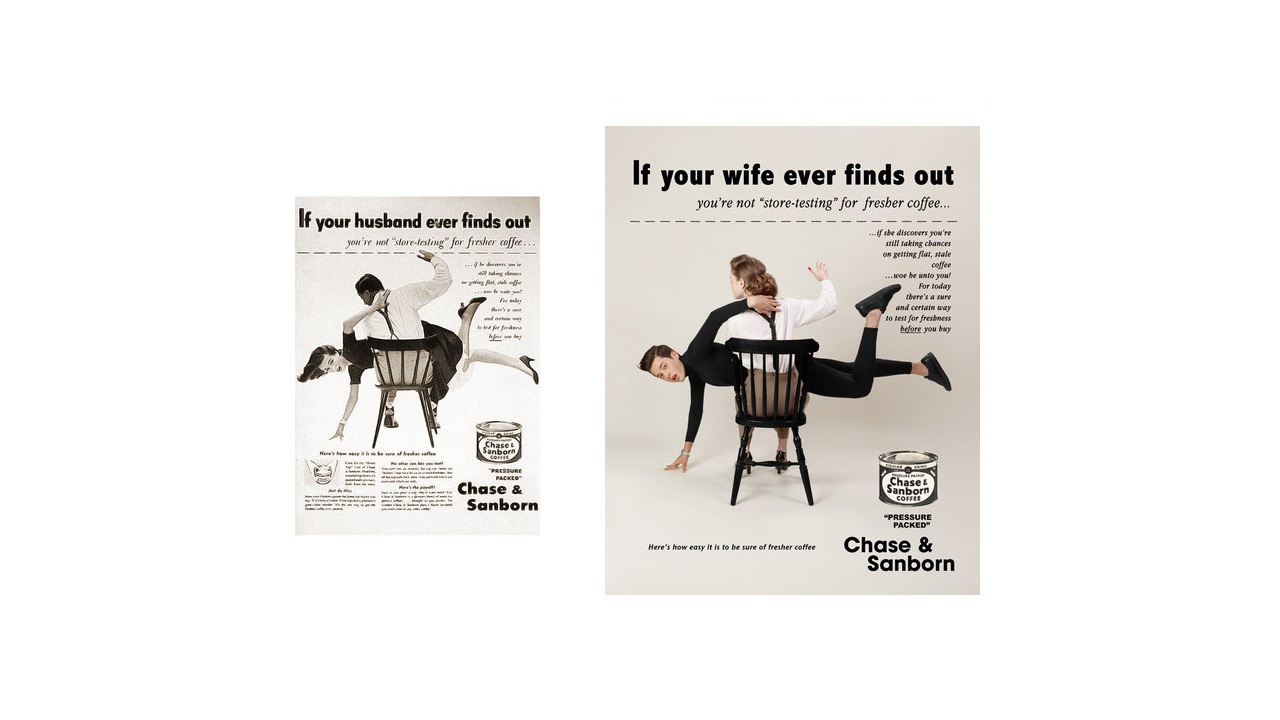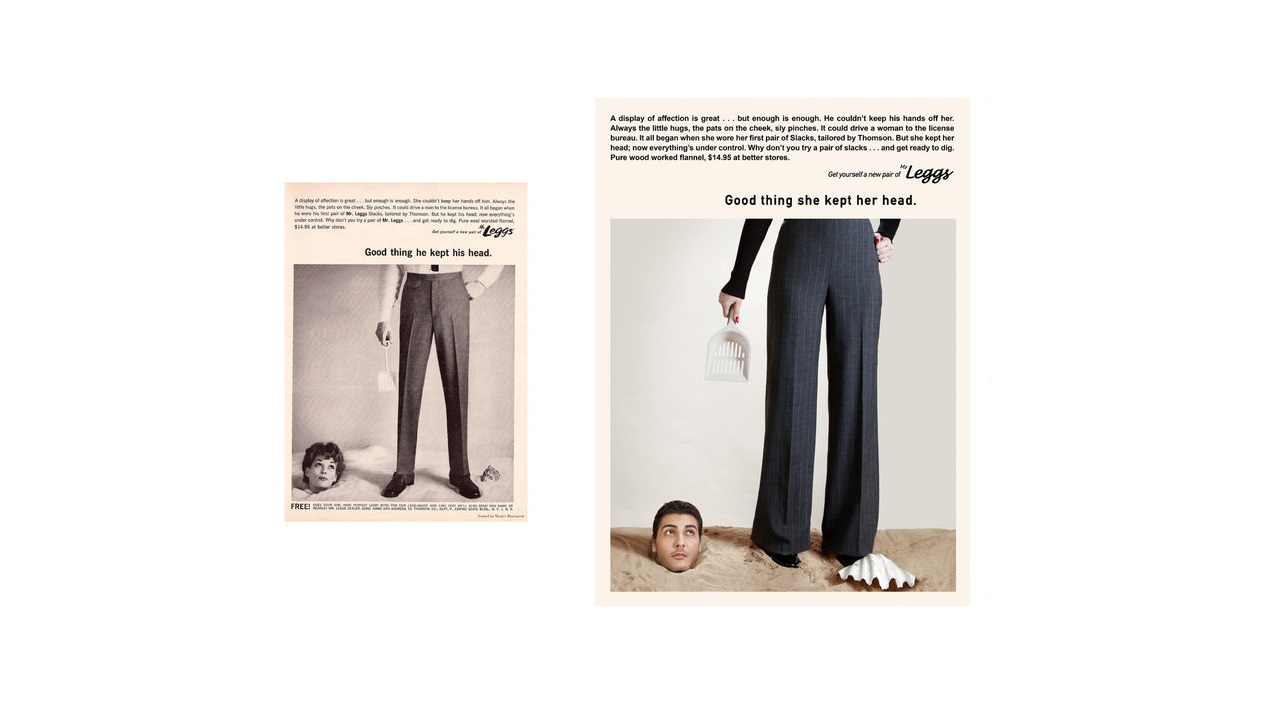“Woman, go make me a sandwich, bring me a beer, and clean up the house.” This was the message that many commercials used to spread to a large audience during the mid-1900s. It surely was a sexist era, in which the industry promoted a classic misconception: women must obey, but they must do it with a big smile on their faces as if slaving around men was a huge honor. Although this ridiculous idea has almost disappeared in today’s advertising, it is still kept in the minds of many men around the world.
Eli Rezkallah, a 31-year-old photographer from Beirut, Lebanon, was surprised to learn that his uncles are part of the same category: “Last Thanksgiving, I overheard my uncles talk about how women are better off cooking, taking care of the kitchen, and fulfilling ‘their womanly duties’.”
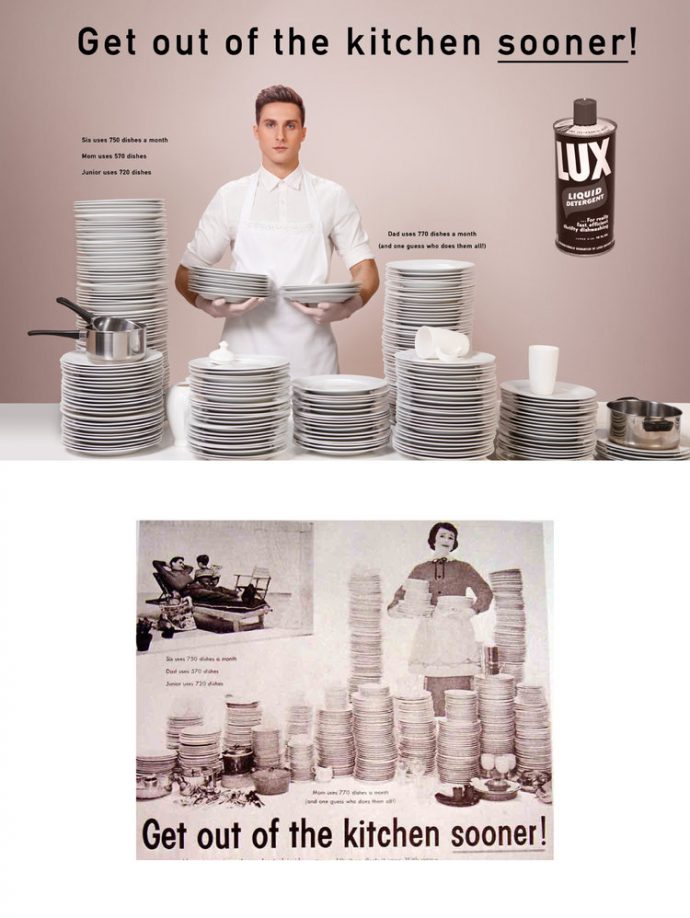
Aware of the fact that this idea doesn’t just appear inside the minds of all men, the Creative Director of Plastik Studios was still surprised to discover that there are people who think that the world belongs to men and is not equally divided.
In a bid to change these sexist ideas, Rezkallah turned his attention to a series of vintage ads and transformed them by giving the dominant role to women. Ten old-school ads were transformed and included within the photographer’s “In a Parallel Universe” portfolio. It nicely shows the men who still believe that the power is theirs, how easy it would be to bring things into a world ruled by women.
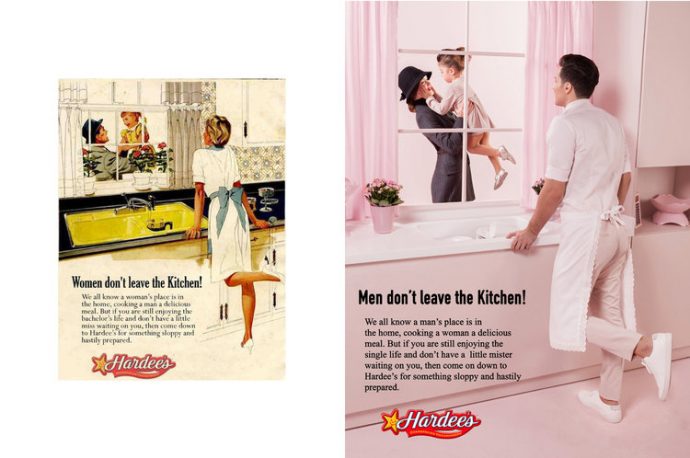
The original images come from brands like Hardee’s, Schlitz, Hoover, or Van Heusen. Even they were conceived to participate in such sexist promotion, as the ads perpetuate the same message, one that says that women should dance according to men’s tunes.
The Parallel Universe portfolio puts the two similar — yet seemingly opposite — ads next to each other, so the viewers can immerse themselves in two different worlds at the same time. For example, the Van Heusen ad shows a woman bringing breakfast to her husband on her knees whilst he just sits in bed giving her a superior look.
As for Hoover, the brand believed that in the 1950s the best Christmas present for a woman was a vacuum cleaner. But enough with words; let the pictures speak for themselves:
Sure, illustrating a woman as a superior being to the man may have caused mayhem back in the days when they were initially published. But we no longer live in the 60s. Now, however, the transformed ads attracted plenty of internet’s users, who mocked the images in a hilarious way: “I hate when bae burns the beer” or “They have this already. It’s called @Cosmopolitan,” are just a few examples of the jokes made around the ads. And, of course, there are also people who think this is simply gold, as seen in the “brilliant,” “A-men,” or “Epic” comments.
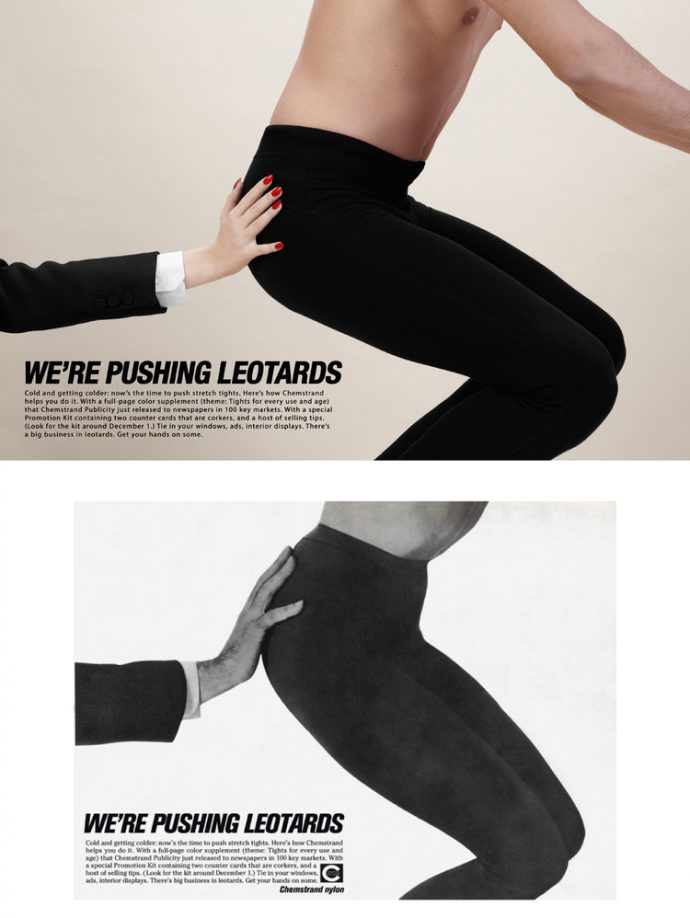
As intriguing as the project may sound, the artist’s idea wasn’t that original. Just about a year ago, teacher Nicholas Ferroni, a professor at Union High School, did a similar thing and switched up the gender roles depicted in six old ads. Launched just in time for Women’s History Month, the teacher said that he thought of reimagining ads in order to sparkle conversations about “the way women are represented in advertising.”
Speaking about his brainchild, Rezkallah said that “[In a parallel universe] is a series of fictional images, recreated from real ads in the mad men era, that question modern day sexism: showing it through a humorous light to spark a conversation through role play.” Let us know, how do you like those new ads!
Credits:
Studio: Plastik Studios
